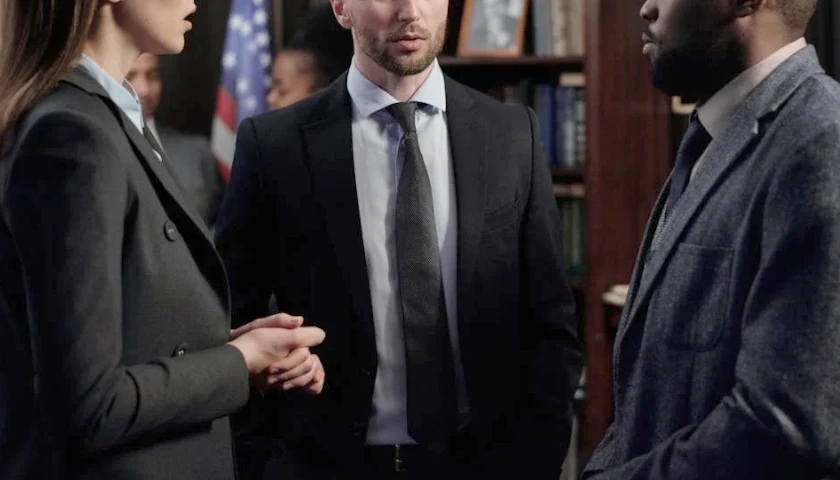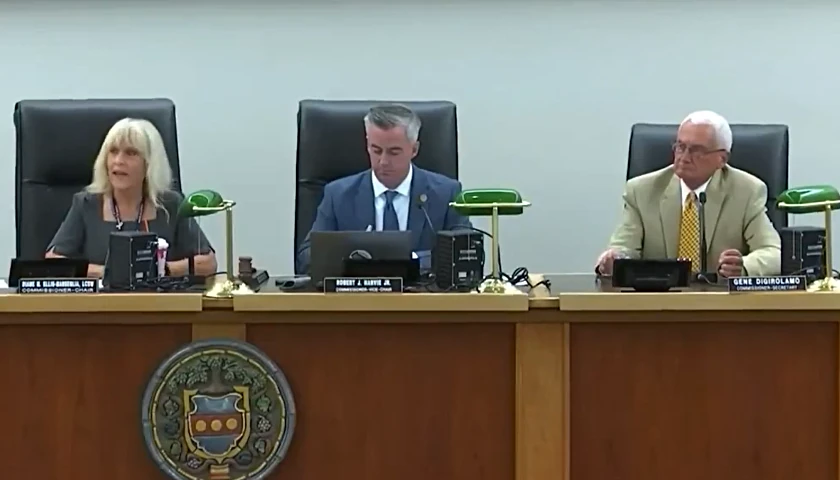This week, educators and parents wait with bated breath on Governor Tim Walz’s upcoming decision on a safe return to schools.
On the Facebook group, “Minnesota for a Safe Return to Campus,” who’s privacy is now marked as “private,” the greatest concerns were mainly posted by educators. Death, unrealistic demands, a future lack of interest in teaching as a profession, and the inability to be with elderly loved ones were all consistent issues listed throughout the page.
Nearly all comments included the popularized hashtags #14daysnonewcases , #NotUntilItsSafe , #OnlyWhenItsSafe , #MNSafeReturntoCampus , #14DaysofDecline. Few, if any, posts or comments addressed the physical, emotional, and mental needs of the children – which even the Center for Disease Control (CDC) recognized this past week as a critical factor in children’s development and overall well-being.
Recently, the Minnesota Department of Education and Minnesota Department of Health conducted a survey assessing families’ experiences with distance learning this past spring. According to the survey, slightly more than 52% of parents regarded their recent experience of distance learning as a negative one. 64.3% of the 130,000 respondents felt comfortable with sending their children back to school in the fall (11.4% were uncomfortable and 24.3% were unsure). Of those comfortable, 94.4% voted for a full-time return to in-person schooling.
Senate Majority Leader Paul Gazelka (R-MN-09) shared the results in a Facebook post in June, writing: “Based on the survey from the MN Department of Education, it’s pretty obvious parents want their kids in the classroom this fall. #mnleg ”
Comments to Gazelka’s post varied greatly: some applauded elected officials’ decision to respect the majority of parental wishes, while others viewed sharing the data as a cheap political move ignoring the recent spike in coronavirus cases.
Gazelka tweeted a day later, “How can people think that school is not essential for our children? If a teacher or student is at risk, they can be a part of distance learning. Let school districts decide the best way to do this. If parents don’t want their kids in the classroom, they have other options.”
How can people think that school is not essential for our children? If a teacher or student is at risk, they can be a part of distance learning.Let school districts decide the best way to do this. If parents don’t want their kids in the classroom, they have other options.
— Paul Gazelka (@paulgazelka) July 19, 2020
Unlike his Facebook post, Gazelka’s tweet was met with only criticism in the comments thread. Users asked where the funding source would be to back parents’ decisions to keep children home, and were aggravated with Gazelka’s implication that a desire to keep children home equivocated a view of school as “nonessential”. There was a pervasive desire to know the Governor’s plan for reopening schools.
Just last week, the Minnesota Department of Health released a 2020-21 planning guide for schools statewide. The guide directs school and district administrators to develop three contingency plans: an in-person learning plan, a hybrid learning plan (including limited capacity and social distancing), and a distant learning-only plan. The guide also requires schools with any in-person learning model to have a COVID-19 program coordinator, arranged social distancing in classrooms and transportation systems, face coverings, certain cleaning materials and standards, and regular COVID-19 screenings. Schools’ educational models may be subject to change at any time, however, depending on COVID-19’s spread in the state.
According to Minnesota Department of Education spokesperson Wendy Hatch, all schools that have some variation of in-person learning will offer distance learning so concerned parents may make the best choice for their family. Hatch also mentioned that fall sports can practice, but season play remains up in the air.
A handful of school systems are planning to rely on a variation of a distance learning model, such as the Minneapolis Public Schools. Others, like the St. Paul Public Schools, are hopeful to proceed with biweekly in-person classes combined with a full-time distance learning option – all contingent on impending guidelines from the state’s education leaders.
Minnesotans opposed to opening schools with new coronavirus cases occurring aren’t alone. “Refuse to Return” is a growing national movement of teachers who simply won’t show up to teach in-person until their counties have 14 consecutive days of 0 reports of COVID-19. Its proponents hope to continue the same or improved versions of distance learning protocols established in the spring. Events promoting the movement are being held with more frequency nationwide as fall nears.
This past Friday, over 1.2k people responded to a “Rally, March, and Caravan for Safe Schools” event in St. Paul hosted by the Minneapolis Federation of Teachers. Attendants advocated for the implementation of “anti-racism” policies in addition to public health and safety measures against COVID-19 spread for in-person learning.
This past Saturday, Governor Tim Walz issued a mask mandate that would apply to all students and school staff if campuses are scheduled to reopen. While Walz and state education leaders have yet to announce their official decision on schools reopening, they are scheduled to speak on the matter this Thursday.
– – –
Corinne Murdock is a reporter at The Minnesota Sun and the Star News Network. Follow her latest on Twitter, or email tips to [email protected].




